Herbs and edible flowers.
How I just love to embrace the change in my herb garden through the four seasons. At the moment my garden is in full bloom and I just can’t stop adding strange and different herbs to the ever growing pots that sit so proudly by the kitchen door.
From hardy rosemary, mint, sage and thyme to delicate lemon verbena, marjoram, borage, lovage, bergamot and chives. To name only a few! I have recently picked up a couple of mushroom plants. They have almost slightly rubbery leaves that taste a little of mushrooms but apparently work wonderfully with pasta. I’m yet to try them!
But this little article is about one of my favourite herbs the chives. They stand tall and swish in a very ladylike 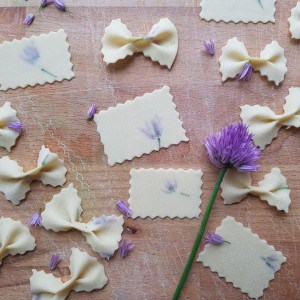 manner in the delicate breeze but wow, when the flowers bud through and bloom they simply explode. Mine have now pretty much died back but oh did I make use of them. The chive flowers have a fantastic gentle aromatic aroma and pack a punch flavour wise too. They shine through in so many ways, from a simple scatter of petals in a light salad to finishing off the perfect family style frittata. I always have to change it up as I do and showcase their beauty in my favourite carb which is pasta of course!
manner in the delicate breeze but wow, when the flowers bud through and bloom they simply explode. Mine have now pretty much died back but oh did I make use of them. The chive flowers have a fantastic gentle aromatic aroma and pack a punch flavour wise too. They shine through in so many ways, from a simple scatter of petals in a light salad to finishing off the perfect family style frittata. I always have to change it up as I do and showcase their beauty in my favourite carb which is pasta of course!
Laminating pasta means that you add something to a pasta sheet (sfoglia) and press it, whether it’s strips of coloured dough, edible flowers or herbs. This technique always reminds me of when I was little and I used to press flowers and petals and sometimes butterflies *sorry and make pictures for mum to hang in the kitchen. Growing up on a farm allowed me to play extensively and experiment with wild flowers and weeds by not only pressing them but also by making my mums favourite stagnant water rose perfume, I am still pinching my nose at the very thought of it!. However what’s wonderful is that my love has now grown and I showcase petals, herbs and yes weeds too within pasta but thankfully no longer make stagnant perfume to order!!
As per the photos you can see the use of chive petals and the humble and very much loved sage leaf. When you laminate or press herbs etc. into pasta sheets there are only a couple of rules that you will need to aid you master perfection.
- The herbs must if possible have limited stalks as the pasta will tear when pressed.
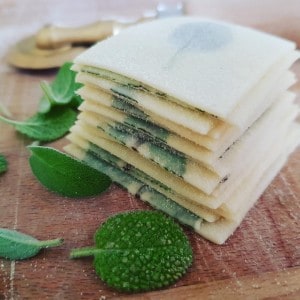
- The herbs of flowers must be dry.
- The flowers must have the stamen centre removed if possible.
A question to ask yourselves. How many pasta shapes are there? You’ll be surprised. Making simple fresh egg pasta & semolina pasta – Basic steps
- Use 00 flour and large free range eggs at room temperature to make fresh egg pasta. 100g of 00 flour and 1 large egg with a pinch of salt is equivalent to one portion of pasta. Multiply as required. Fresh egg pasta is traditionally used when made a filled pasta as the dough is richer in taste and texture.
- Semolina flour requires half the volume of hot water to flour E.g.: 400g semolina flour requires 200ml hot water.
- Make a volcano with the flour on a wooden board and crack the eggs into the centre (or water).
- Incorporate the eggs into the flour slowly with either a fork or your fingertips. Begin to form a dough and knead for around 7 minutes, until silky and smooth.
- The dough would need to rest for 30 minutes covered over at room temperature.
- Roll the dough out as required with either a thin rolling pin, broom handle or pasta machine.
- Try to not over flour the dough as this will dry out the dough. Once your pasta has been rolled out and your chosen shapes made, place them onto a tray sprinkled with polenta or semolina. This will allow the pasta to not stick to the surface or more importantly to itself.
- Pasta should be cooked in a large pan of boiling water that has been salted well. 10g of salt per litre of water and 1 litre of water per 100g of pasta. This gives you an idea. No oil is needed in the water. Just remember to stir the pasta occasionally and never leave it unattended. Serve with your favourite sauce.
Simple method to press and laminate herbs and edible flowers:
Make your pasta dough by incorporating 00 flour with eggs or semola with hot water. Rest the dough for 30 minutes and room temperature.
Roll the dough out with either a rolling pin or pasta machine to the thickness of a 10p piece. 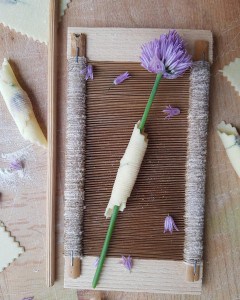
Lay your herbs or petals on one side of the pasta sheet and the fold over the other half of the sheet. Use your knuckles and gently apply pressure to secure the pasta together.
Roll once through each setting of the pasta machine or roll gently with rolling pin to your required thickness.
Using techniques like simple lamination creates the most incredible pasta, you will truly raise your pasta game. You can either cut the sheets into small rectangles, simply pinch the middle and make farfalle, into square and roll them into garganelli (penne) or make fresh tagliatelle for ease and speed. There are so many options. For class information and for more details have a look at my site as there’s some simple videos and tutorials www.carmelas-kitchen.com


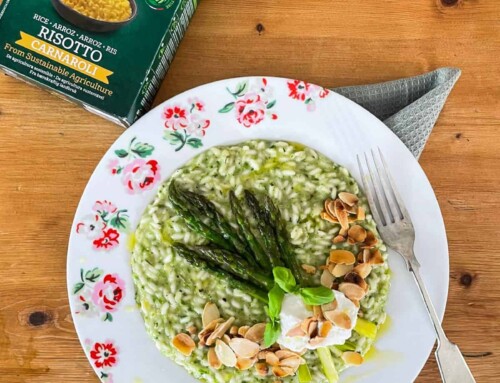

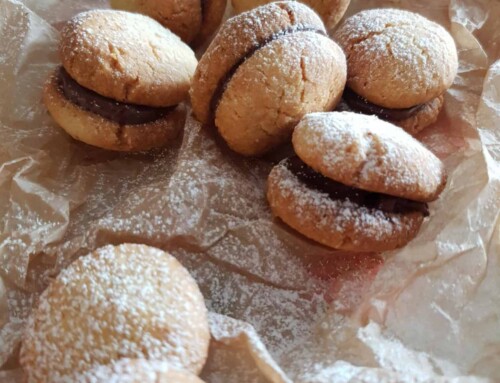
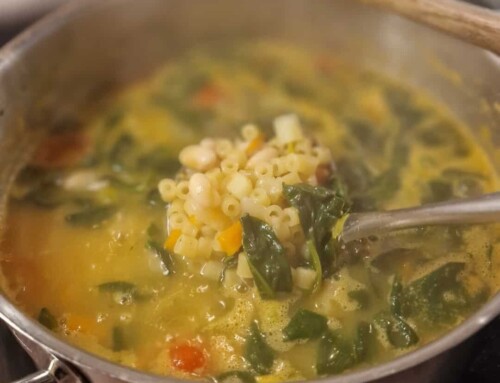
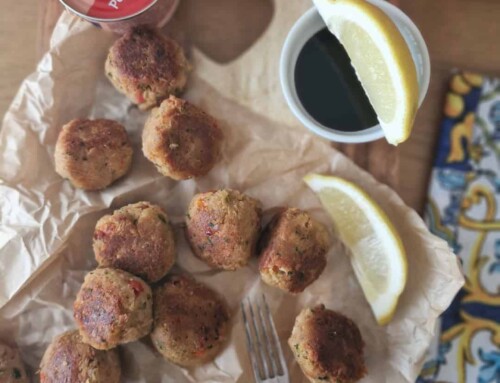
Leave A Comment